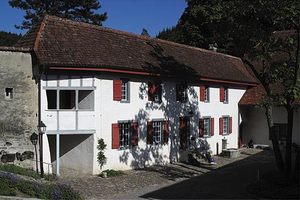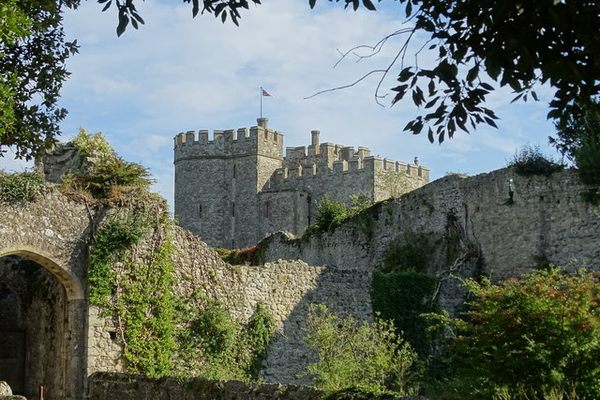About
Switzerland's Habsburg Castle, located not far from the Aare River, in the canton of Aargau, is a fascinating medieval fortress. It was the originating seat of the House of Habsburg, one of the most influential royal houses in Europe during the Middle Ages.
The castle was originally built around 1020 and extended to a double castle in the later 11th century. The rear castle still exists today, while the front castle is in ruins. The larger and smaller towers of the original castle are preserved and attached to a residential building that was erected in the 13th century. Other parts of the castle complex lie in ruins, but some of the ruined walls are visible and are fascinating to examine.
Habsburg Castle was built by Count Radbot of the nearby county of Klettgau in the Duchy of Swabia, and his brother-in-law Bishop Werner von Strassburg. There is some debate on the origin of the name. Some believe that the castle was named after a hawk, which in German is Habicht, while others believe the name may come from the Middle High German word 'hab / hap' which means "ford," as it is located near a ford of the Aare River.
Radbot's grandson, Otto II, was the first person to take the name of Habsburg Castle as his own name. He added "von Habsburg" to his title and created the House of Habsburg. Over time, the family name became more significant than the castle itself. Radbot's seventh generation descendant moved the family's power base to Austria in 1276, and the Habsburg Castle ultimately fell to ruin.
Today the castle can be explored in a few hours. An audio tour is offered that tells the story of its history, including the beginnings and rise of the Habsburg dynasty. Magnificent views can be seen from all sides of the castle, particularly from the west wall, but also looking toward the southeast. The vineyard to the east of the castle is quite lovely and extensive, with views to the fields beyond.
Related Tags
Know Before You Go
The most exciting and scenic way to visit the castle is to walk there through trails winding through the forest from the historic town of Brugg, 4 km to the northeast. It's about an hour walk from Brugg. Alternatively, you can drive there, or take a bus from Brugg. Admission is free.
Community Contributors
Added By
Published
April 24, 2017











































